Kit Kemp reveals this one reupholstery job can 'transform a room'
Designer shares her five top tips on how to reupholster a chair...

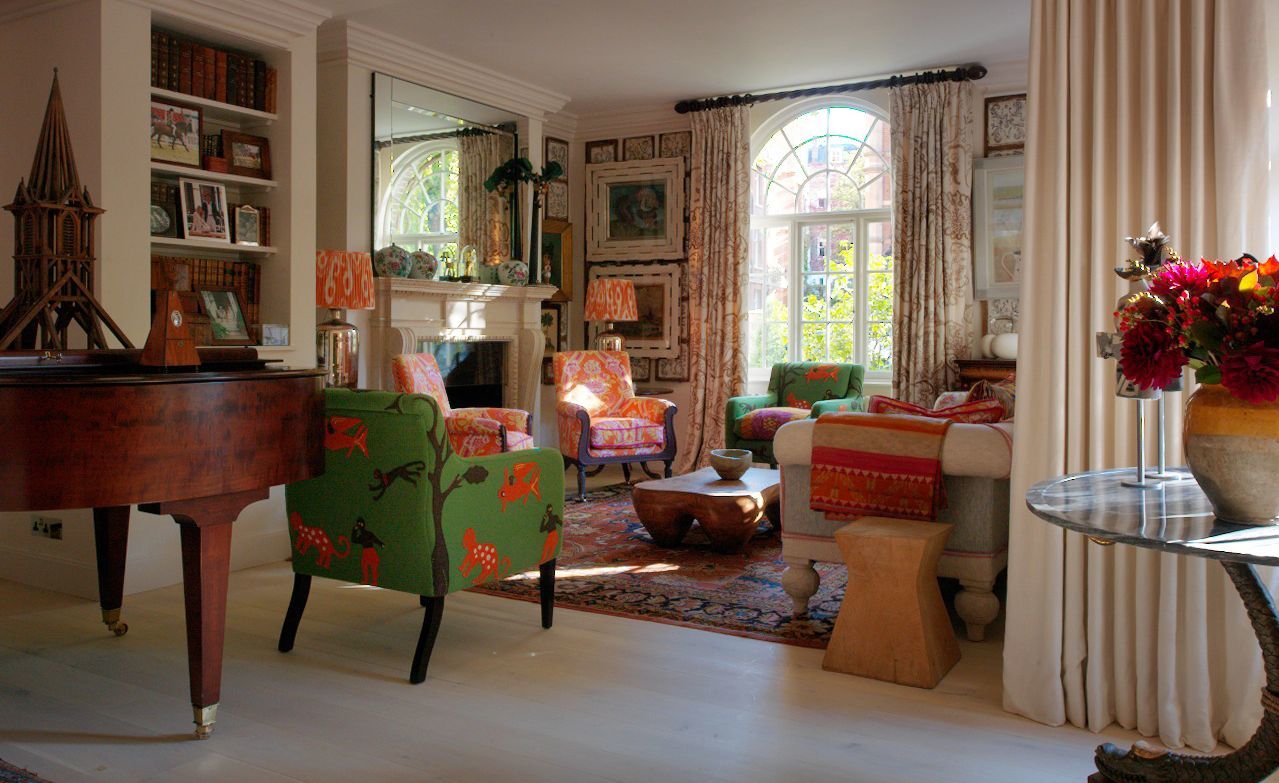
Want to give a room a little refresh without doing a total redesign? We hear you. Sometimes it's the small things that make a big difference. Indeed, interior designer Kit Kemp just revealed that simply reupholstering a chair can literally 'transform a room', and has shared top tips on how to approach the project on her blog.
The first thing to consider, she advises, is what the chair will be used for. Think about whether it's a dining chair or a piece that needs to be upright, or whether it's a chair for reclining and relaxing. The purpose of the chair will help inform the type of fabric you need to invest in. Consider the practicalities: linen looks fabulous for laidback luxe, but won't hold its own for too long if children and/or dogs decide it's their favorite new spot. A woven textile or wool would be more durable, if longevity is a factor.
From durability to pretty style details like pockets and piping, Kit Kemp shares five top tips on reupholstering chairs for a fresh new look at home below...
See: Living room ideas – clever ways to decorate living spaces
Kit Kemp's tips on how to reupholster a chair
Kit Kemp's Design Thread blog is a treasure trove of fabulous ideas. This week, we pick up her top tips on reupholstering a chair. Her new book, Design Secrets, can be pre-ordered now.
1. Find the right rub count
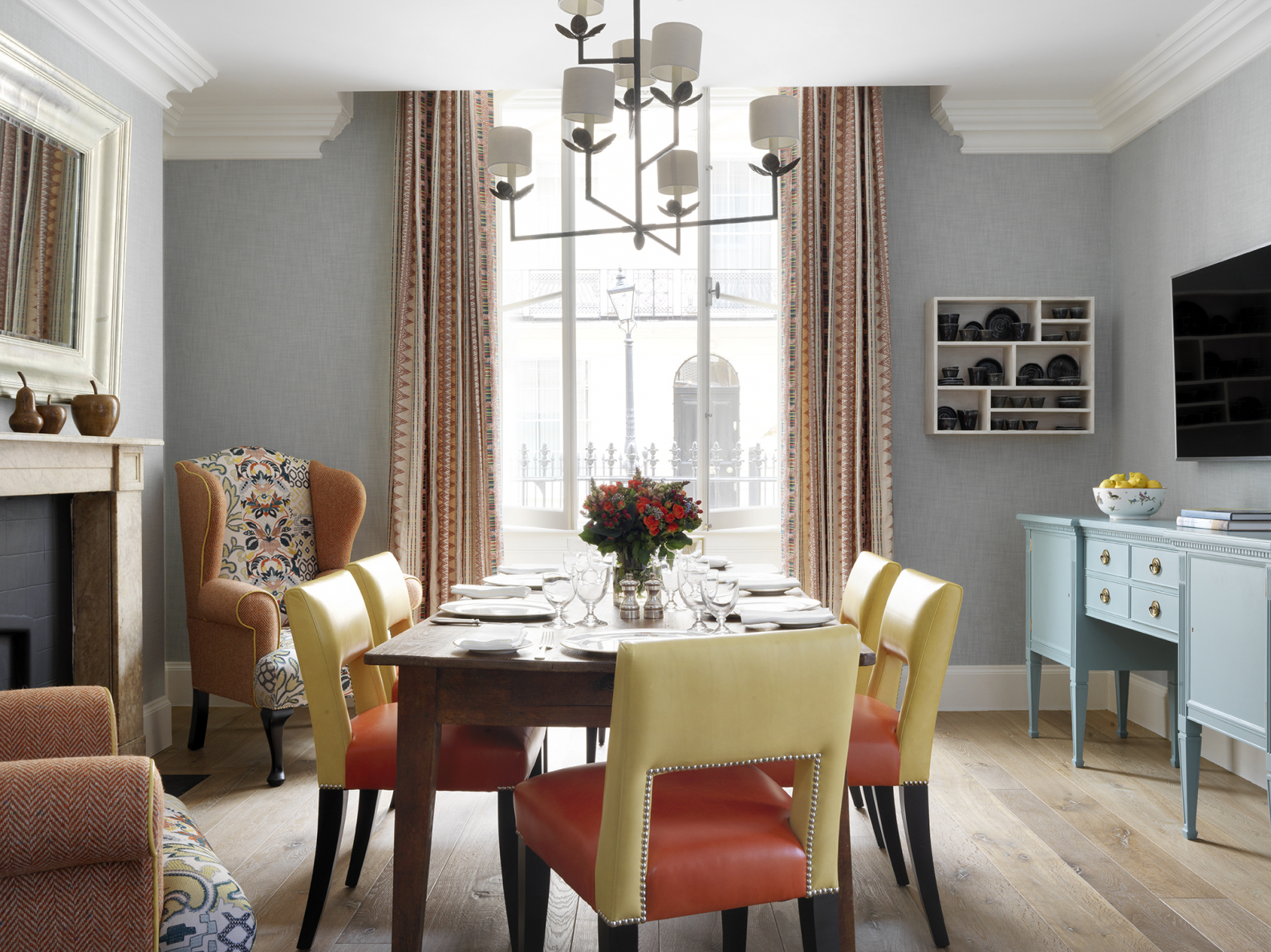
Have you ever heard of the Martindale test? You have now. It’s the industry standard for checking the durability of a fabric to ensure longevity for your new reupholstered chair. ’The higher the rub count, the more durable,’ explains Kit, adding: 'A 35,000 rub means the fabric is hardwearing and this is what we usually look for when upholstering chairs in our restaurants.
'Anything below 20,000 rubs is usually best for lighter domestic use. Think about how the fabric will look as it wears – a fabric with a pile such as velvet, corduroy or embellished fabrics will change over time if it is repeatedly used.'
Design expertise in your inbox – from inspiring decorating ideas and beautiful celebrity homes to practical gardening advice and shopping round-ups.
Boiled wools and faux leather are excellent for high-traffic seating.
2. Party at the back
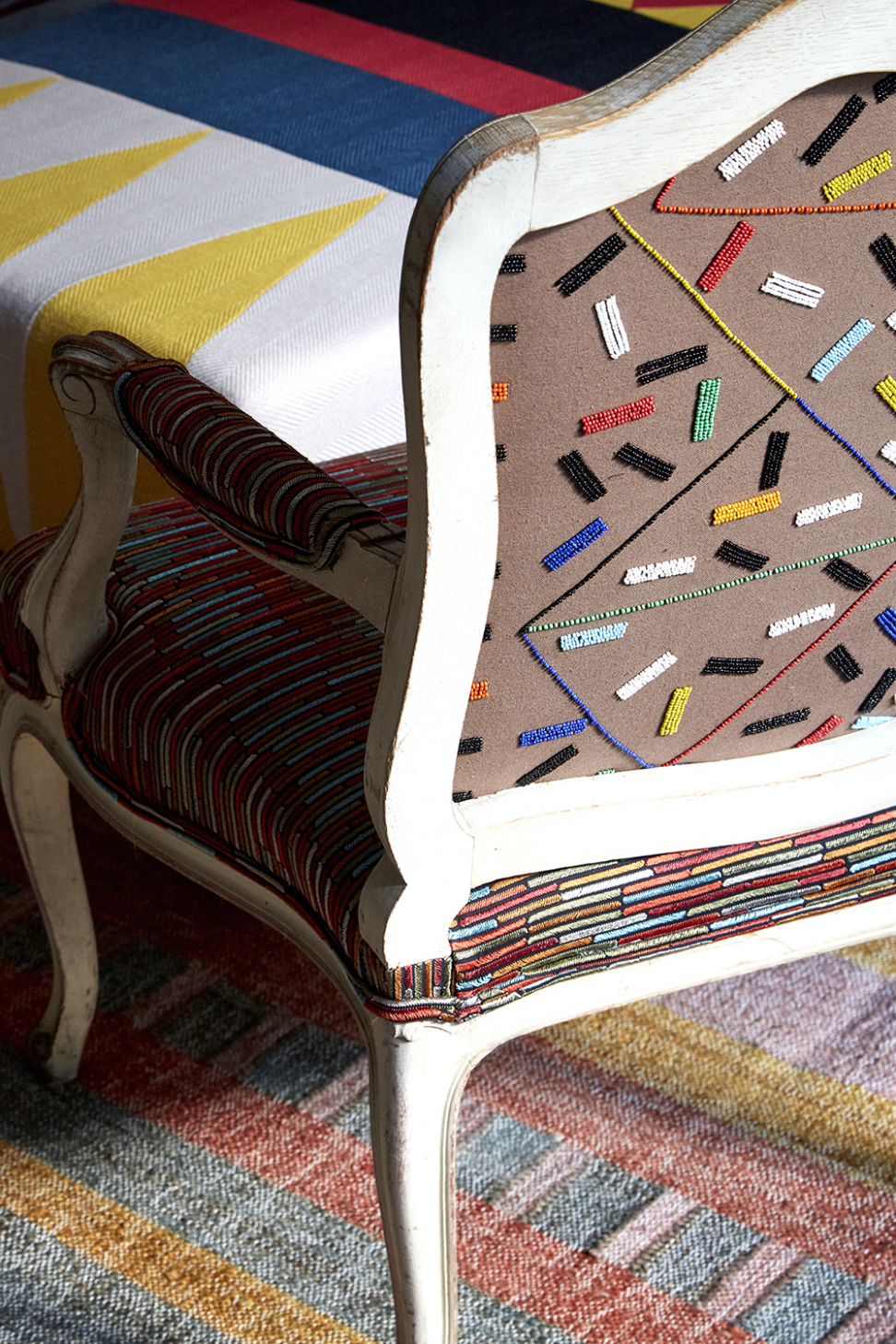
'If you fall in love with an interesting fabric that is decorative but not very durable, try to use it on the back of the chair,' suggests Kit. 'Combine a robust fabric on the seat but cover the back of the chair with your favourite fabric to add interest.'
Kit suggests using color felts and wools to add appliqué designs to the chair. A combination of boiled wools is great as the base fabric as it's very durable, then add contrasting felts in playful designs that relate to other fabrics and hues in the room.
3. Make sure to buy the correct amount of fabric
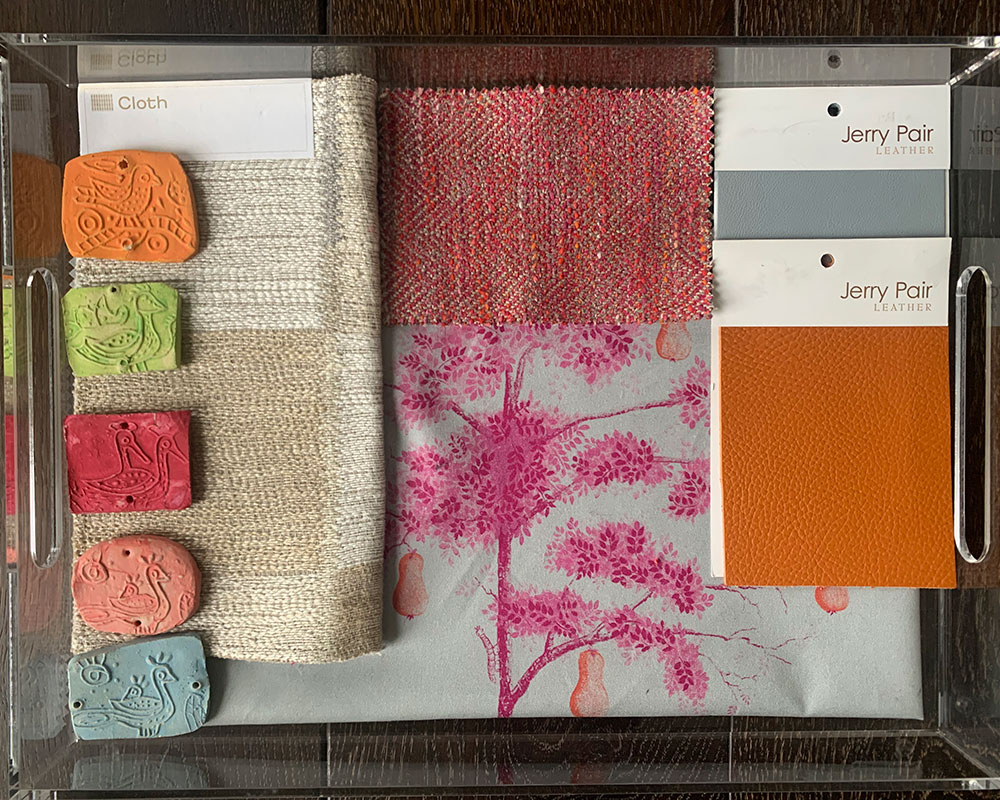
It's important to remember that if your fabric has a repeat pattern, you will need the right amount to ensure it sits correctly.
'If you’re using a fabric with a repeat, make sure you buy enough fabric so the pattern appears correct when applied to the chair,' advises Kit. 'As a general rule, allow for the fabric to be an extra 50cm wider than the chair. If you’re upholstering a set of chairs, you may want them to be identical in terms of how the pattern is used.'
- See: Kit Kemp's interior design tips – a masterclass
4. Pack in some style points with piping
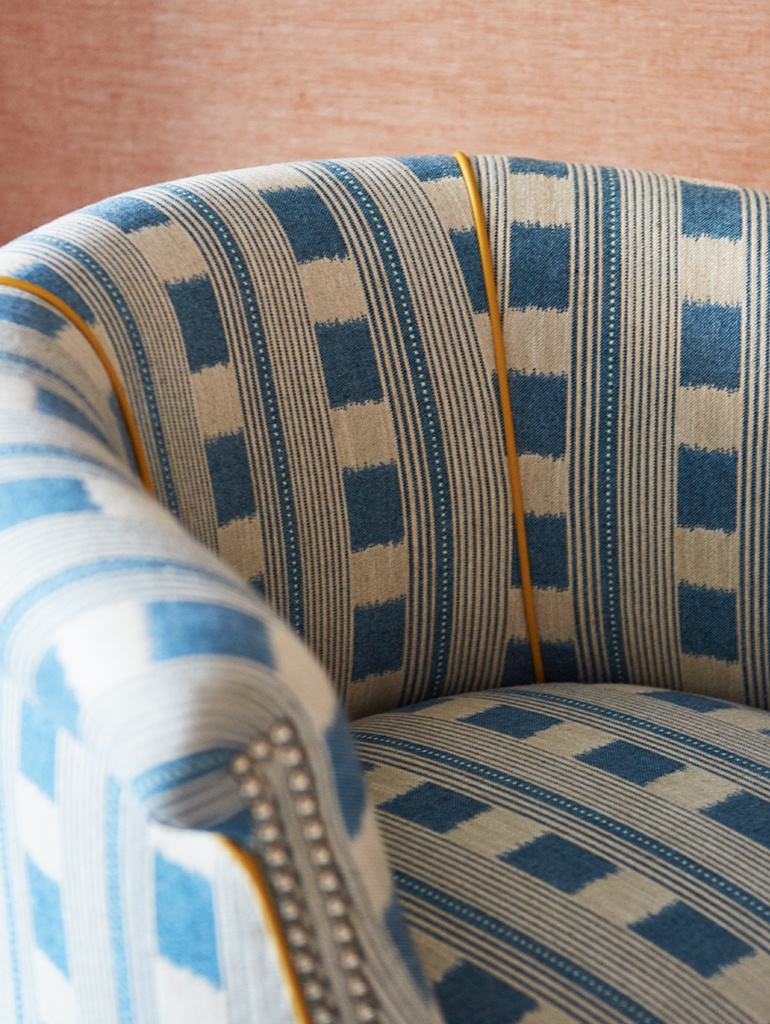
'Contrast piping or studding can be effective and define the shape of the chair,' says Kit. 'We like to use brightly coloured wools by Abraham Moons which will stand the test of time.'
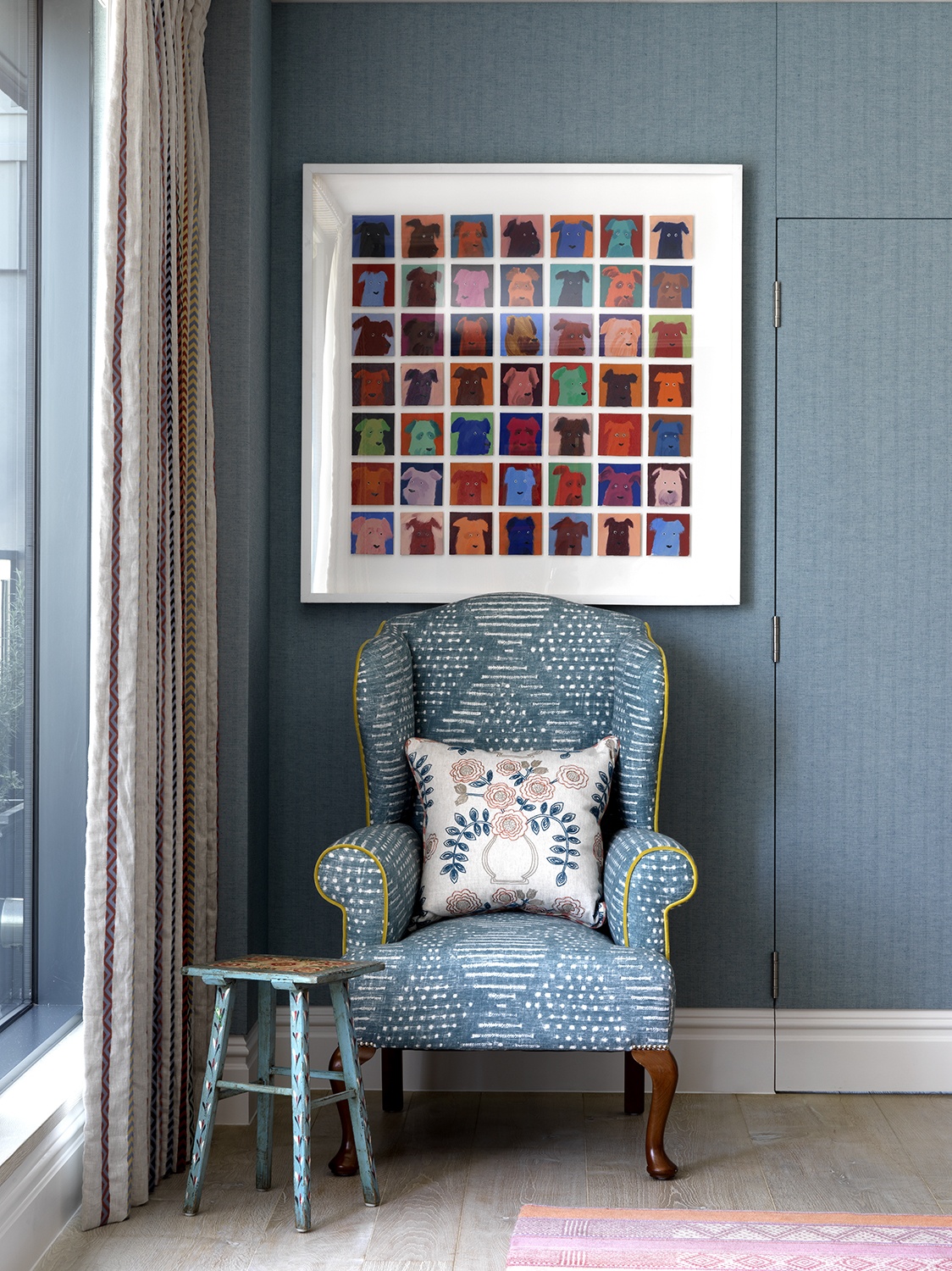
5. Add pockets for extra practicality
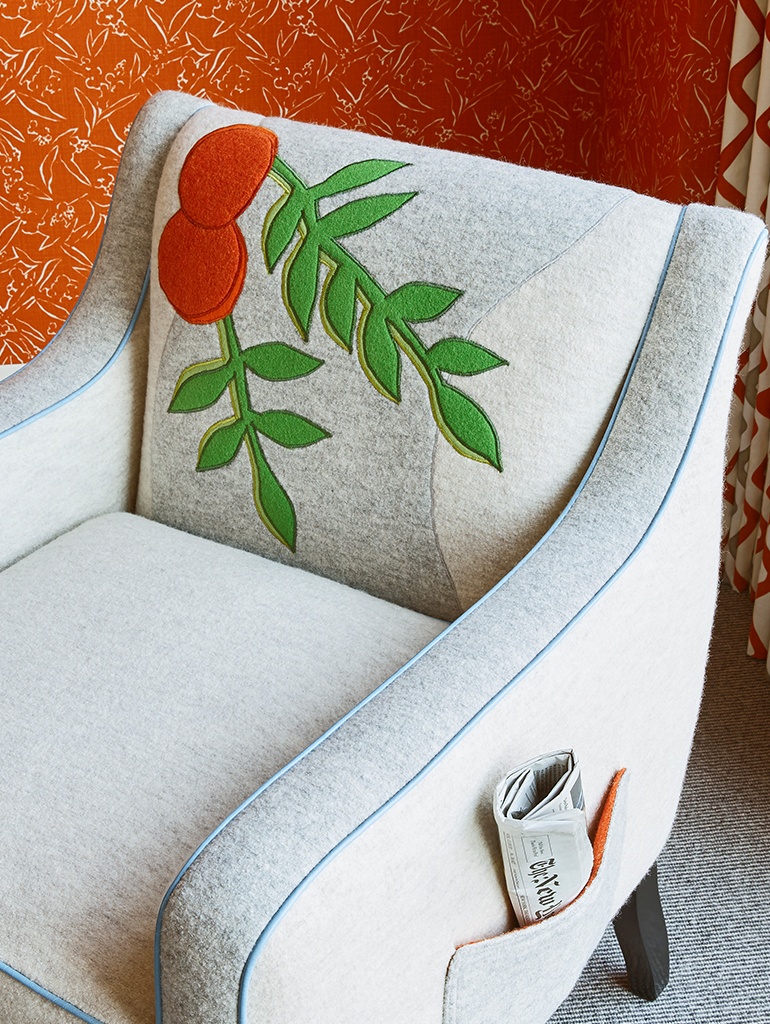
Imagine the frustration... You've just sat down and popped your feet up, and you accidentally left your newspaper in the kitchen. Drat. The solution? Practical pockets on the side of your accent chair to store your weekend reads. It's also a nice touch for your guests when you're hosting.
Kit says: 'We also add pockets to the sides of chairs, it’s the perfect place to keep the daily newspaper or a pair of reading glasses.'
See more brilliant interior design tips at kitkemp.com

Ruth Doherty is an experienced digital writer and editor specializing in interiors, travel and lifestyle. With 20 years of writing for national sites under her belt, she’s worked for the likes of Livingetc.com, Standard, Ideal Home, Stylist and Marie Claire as well as Homes & Gardens.